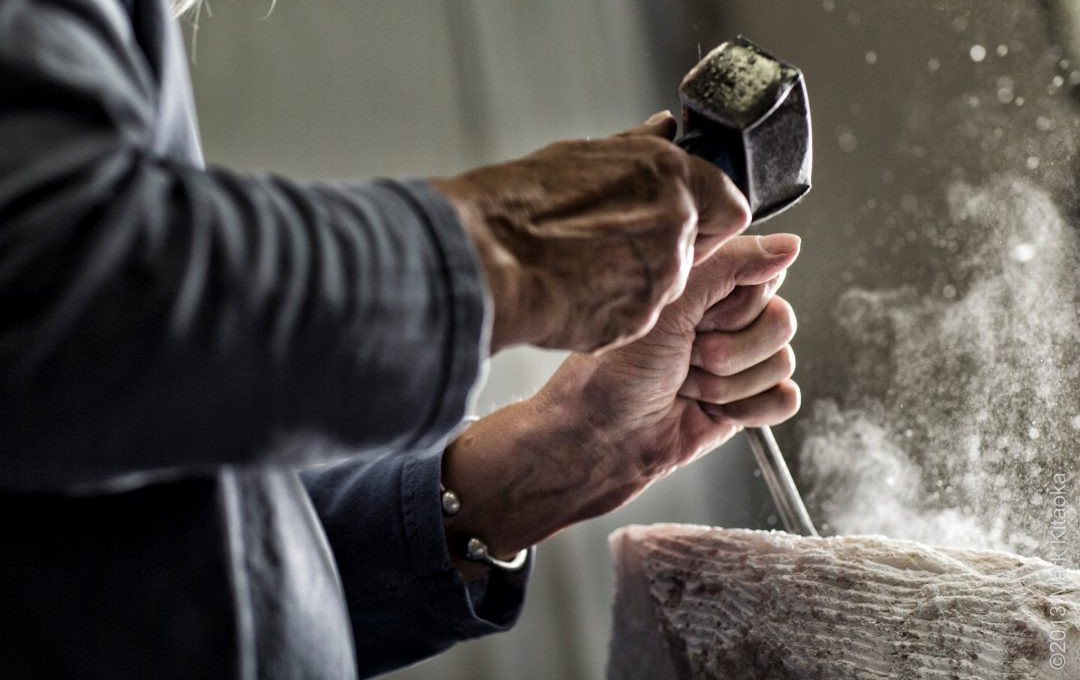I’m looking forward to presenting at the annual YMCA Chief Executives Network conference later this week. My focus will be on the recent Impact Management project I’ve been doing for YMCA Humber and YMCA North Tyneside.
Kicking off the session I want to face the fact that for those in the business of restoring damaged lives ‘Impact’ is a pretty bizarre choice of word. It is defined as “forcible contact or collision; the act of striking against”. As anyone who’s had a prang in their car knows that impact leaves a noticeable impression. The force can produce an unwanted change in shape. So how can this be a positive thing?
This is why we need to place the idea of Impact within the wider discipline of Impact Management. The positive potential of Impact is unleashed when it is carefully controlled and directed. Think about the way a sculptor skilfully rests the chisel against the rock before striking with just the right amount of force. Deploying a lucid imagination, a trained eye and the repetition of artfully applied blows beauty is slowly revealed.
When considered this way Impact Management suddenly feels like a perfectly appropriate way to describe a process of personal transformation.
Of course every metaphor has its limitations and I won’t be wanting to give the CEO’s gathered the impression that their organisation’s clients are lifeless boulders. What I do want to do however is to help people to see that Impact Management is not an obscure branch of science to be sub-contracted to spreadsheet-happy ex-accountants; rather it is an artisan process, concerned with deeply human subject matter.
I believe that if we can first conceive of Impact Management as an Art rather than a Science, then we will ensure that we keep in mind the necessity and intensity of personal investment required. In doing this we will avoid losing touch with the real people whose stories often remain hidden in the aggregate data. We will foster working environments for our teams that unlock the imagination they need to respond on a daily basis to the raw human material as they journey with clients in their process of restoration and lasting transformation.
Do let me know any thoughts you might have about the distinction between Impact as an Art and Impact as a Science. I’d love to hear from you.
